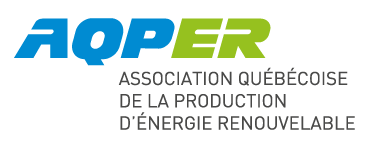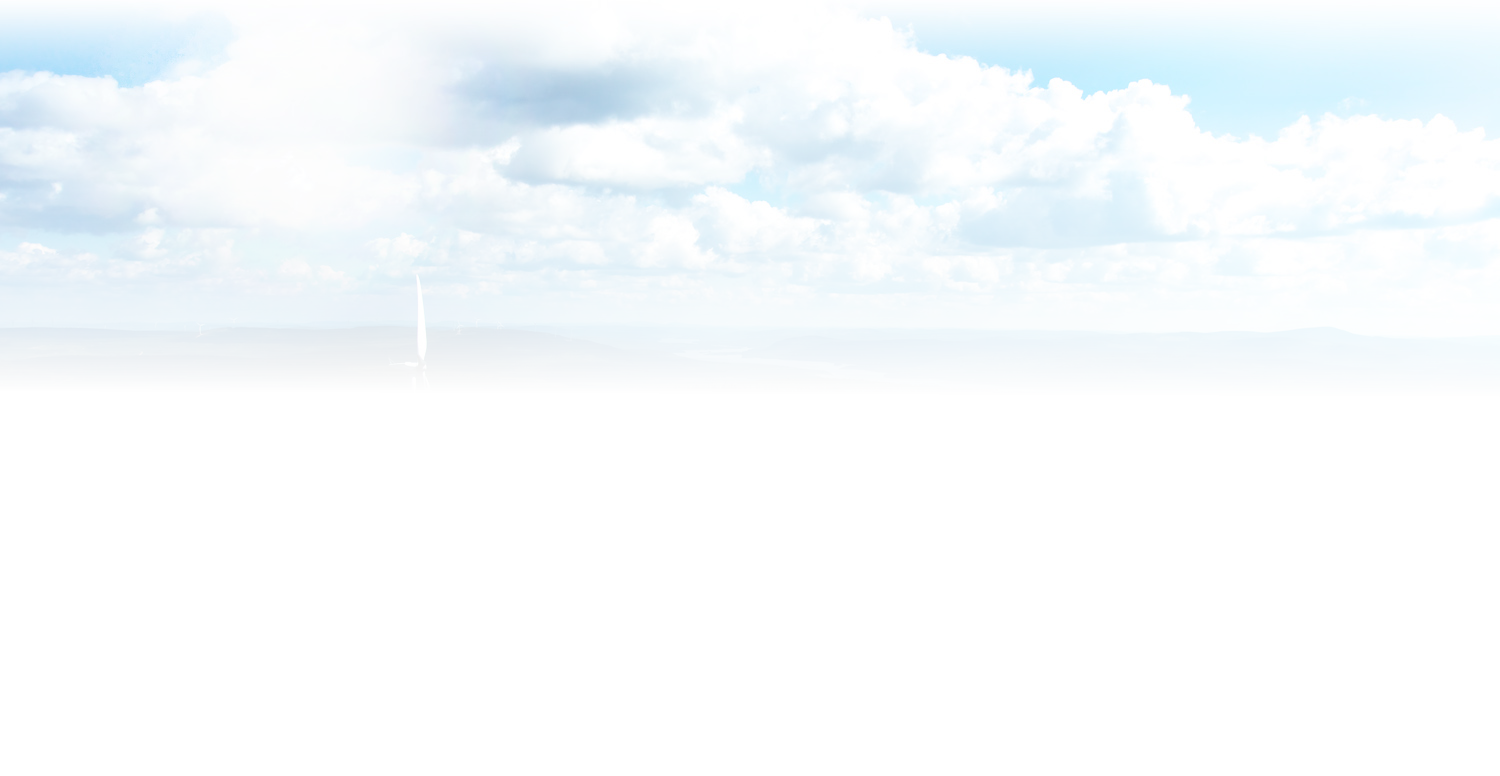
Le développement éolien est-il accessible aux communautés?
Lors du premier appel d’offres de 1000 MW en 2004, aucune Municipalité régionale de comté n’a soumis de proposition. Pourtant rien n’empêchait des groupes de citoyens, d’agriculteurs, de coopératives ou de syndicats de soumettre des propositions.
Un projet éolien sur une période de vingt ans comporte des risques. Les risques relatifs au vent qui n’est pas toujours au rendez-vous, aux changements climatiques, aux autorisations gouvernementales, à la construction et au financement du projet.
Même les grandes sociétés d’État à travers le monde ont trouvé plus sage de confier au secteur privé la production d’énergie éolienne.
En Europe où le prix de vente de l’énergie éolienne est beaucoup plus élevé (13 cent du kWh en France versus 6,5 cents le kWh au Québec), il est plus facile de rentabiliser des projets communautaires.
La nouvelle politique énergétique du gouvernement québécois dévoilée au printemps 2006 prévoit explicitement réserver 250 MW aux MRC et 250 MW aux Nations autochtones. Le prix pourrait être plus élevé que les appels d’offres, et les MRC et les Nations autochtones pourront s’associer aux producteurs privés afin de réduire le risque d’investir dans l’éolien.





